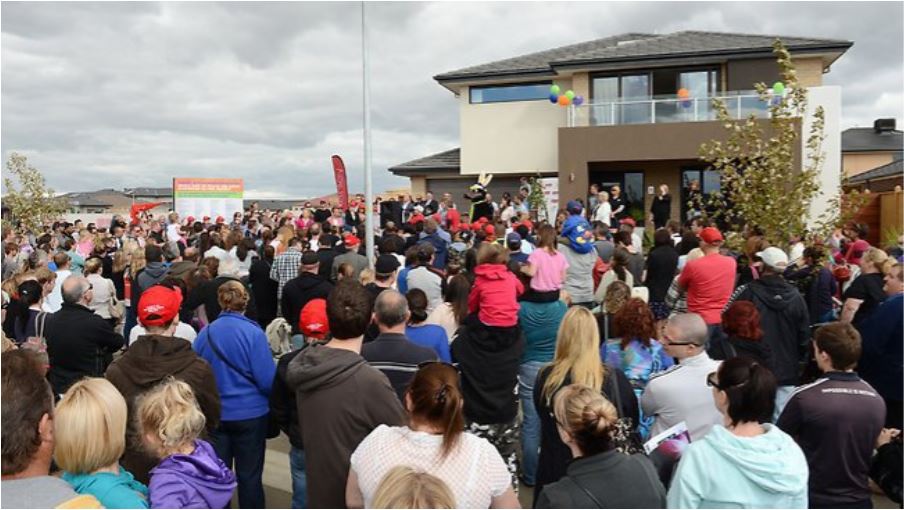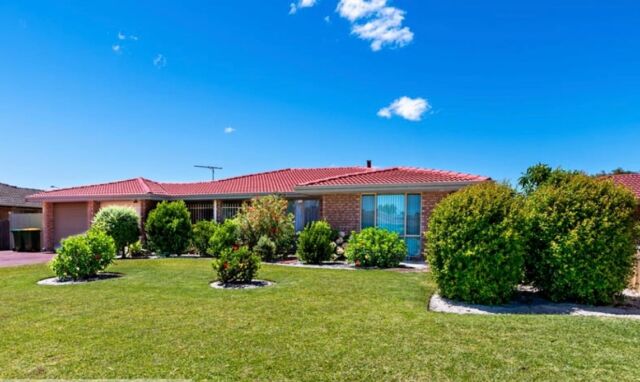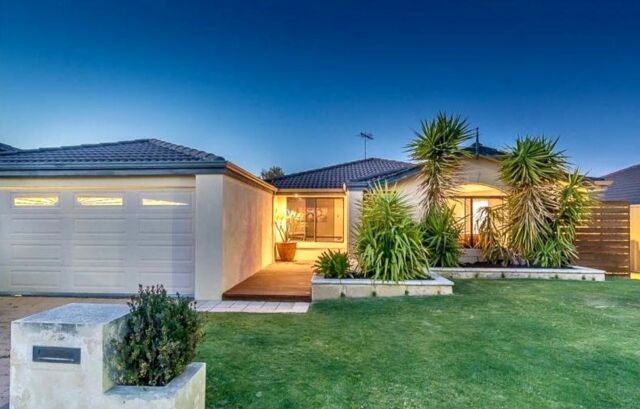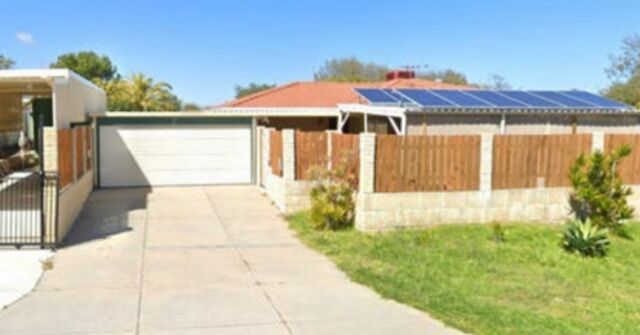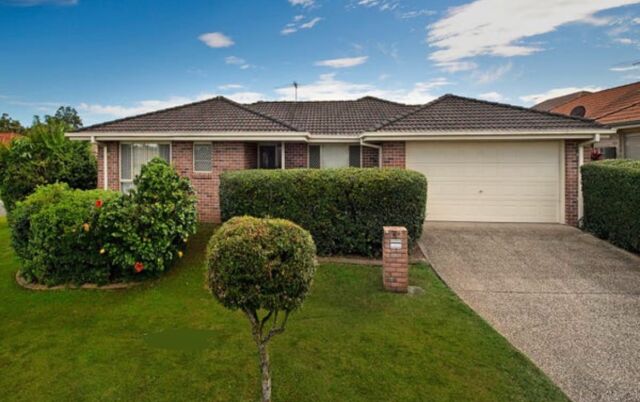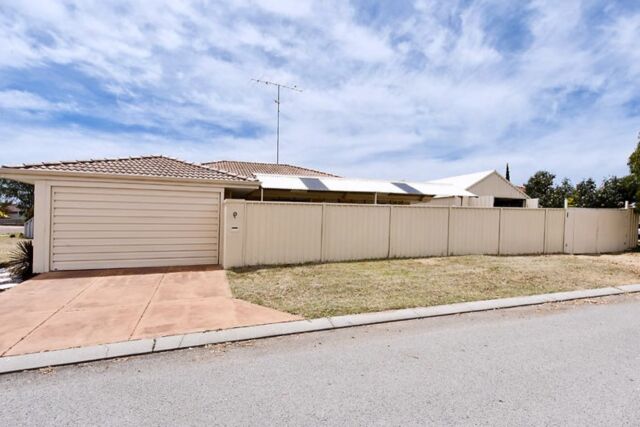Rental vacancy rates are at historic lows in many places – big and small – around the country.
For strategic property investors, vacancy rates have always been a sound metric on the demand and supply equation in rental markets.
The commonly accepted equilibrium point of a balanced rental market is a vacancy rate of three per cent.
So, it stands to reason that any percentage under that level is considered to have more demand than supply and anything over that has more supply than demand.
Vacancy rates reducing
Over the past year, vacancy rates have seemed to either drop dramatically or jump up significantly, depending on the location.
In the inner city areas of Sydney and Melbourne, vacancy rates have increased to the point of oversupply quite rapidly because of the shutdown of our international border.
There is no influx of international students or tourists to rent those high-rise, inner-city units that are a key feature of the centre of these two cities.
We always avoid buying these types of dwellings, even before the pandemic, because of their underwhelming capital growth prospects as well as the propensity for oversupply to occur from the consistent construction of new developments.
However in other locations around the nation, vacancy rates have fallen to record lows, but it’s not necessarily the pandemic that is the reason why.
In areas such as Wanneroo in Perth, Onkaparinga in Adelaide, Redcliffe in Brisbane, and Frankston in Melbourne, the vacancy rates have hit 0.1 or 0.2 per cent.
Fundamentally, this means that there were next to no rental vacancies available for prospective tenants in May.
Why are they so low?
It’s vital for property investors to understand that rental markets generally don’t change very fast unless something big happens to rattle the goal posts.
Clearly, this is what happened during the pandemic with the drastic reduction in renters for those inner-city units.
However, in many other areas, their super low vacancy rates are something that began quite some time ago.
In fact, when lending restrictions came into effect back in 2017, the result was that many investors were unable to buy properties.
And fewer investors mean fewer rental properties available for potential tenants to lease.
Data actually shows falling vacancy rates in many areas and especially in smaller capital cities like Adelaide, Brisbane, and Perth and some major regional locations over the past four years.
So, when you take that into consideration and add in an uptick in interstate migration away from our two biggest cities as well as the reduction in the numbers of people leaving smaller capital cities for “the big smoke”, it’s a bit easier to work out what is going on with vacancy rates.
As I said at the outset, vacancy rates are but one metric which can provide intel on the relative health, or otherwise, of rental markets.
However, it’s vital that new property investors never invest in a location just because its vacancy rate seems attractive because strategic investment is far more complex than that.
At the end of the day, no one ever created significant property wealth on rent alone either.



